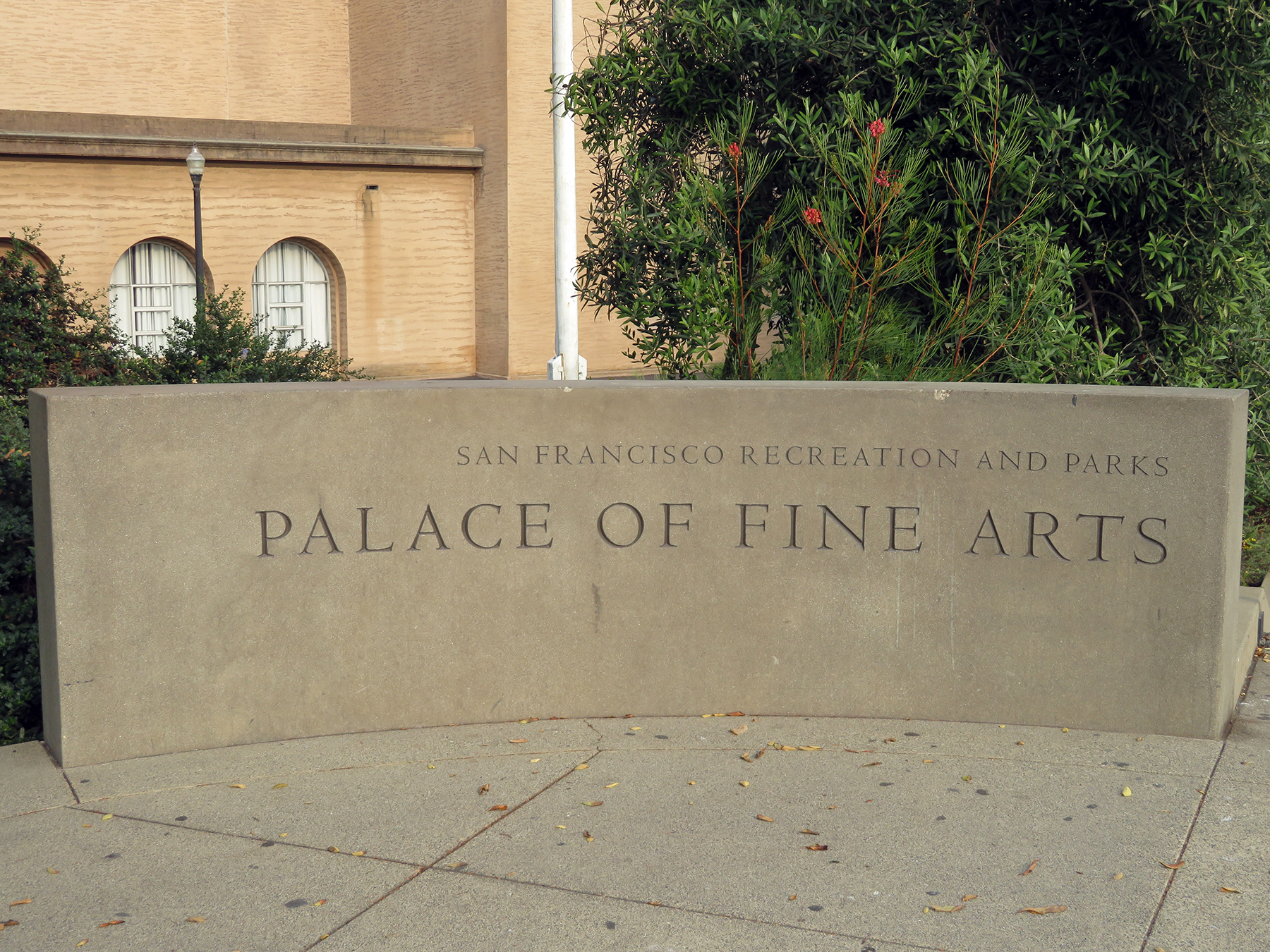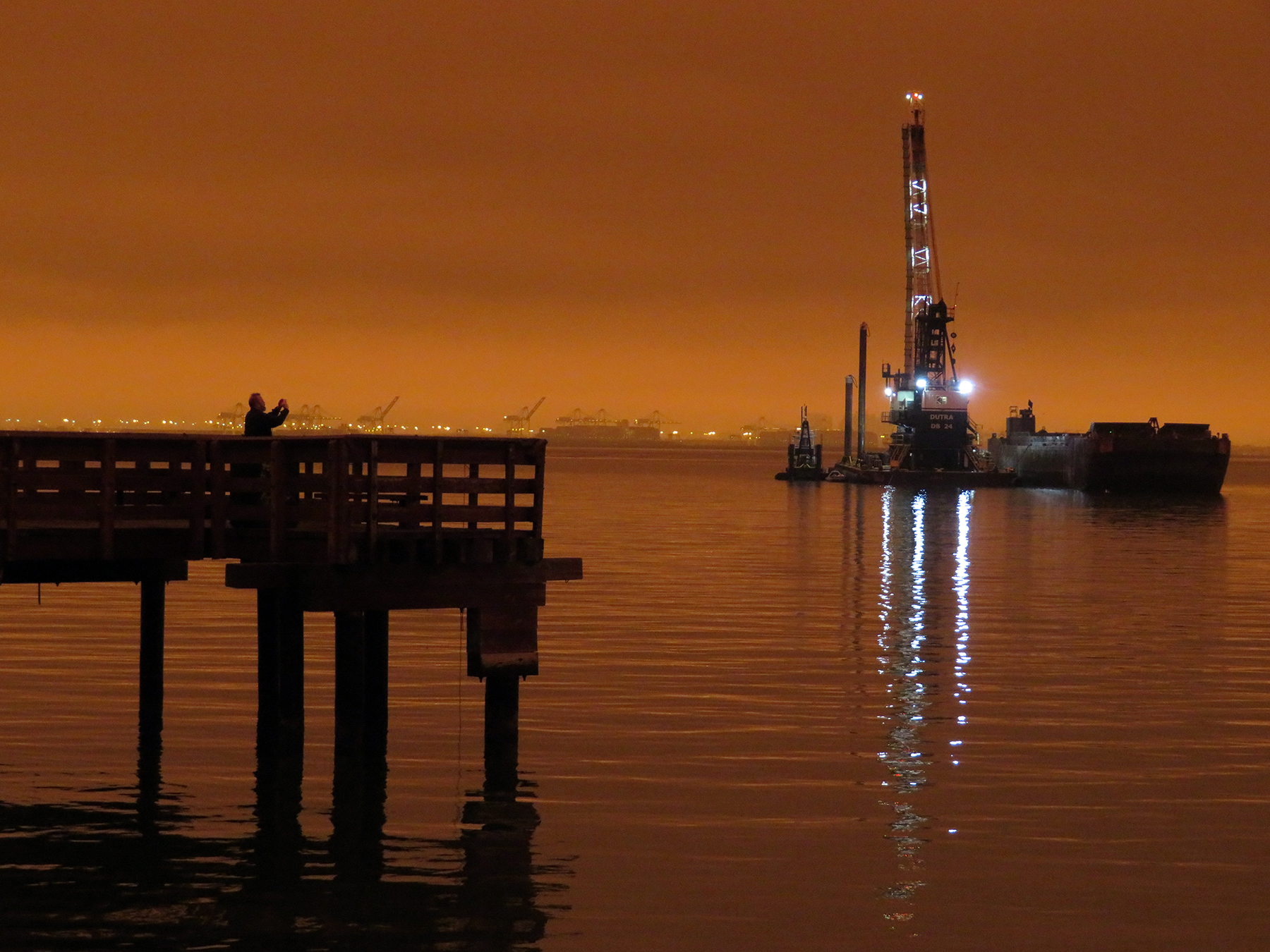Today is my son’s birthday, he’s still in his 20s. As we are living through day after day after day filled with medical challenges and untreatable pain, the question or, really, assertion posed by Philip Larkin of where can we live but days has taken on a new quality.

Larkin was a lugubrious sort, in addition to being often misogynistic, racist, xenophobic, smutty, sarcastic and generally unpleasant. (Read Andrew Motion’s Biography Philip Larking: A Writer’s Life if you don’t take my word for it.)
But, oh, did he know how to put a finger on exactly the spot where we, in grief or fear or need, end up asking ourselves, “Now, what?” And with insights softened by wit, he made clear that we face but the choice to muddle on. Or through. Happiness/Schmappiness – the routine of the days, their inevitable structure around burden, will carry us, lest we consent to sink into madness or forfeit the will to live – psychiatrist and priests, in their flapping, ridiculous garments, not exactly to the rescue, haste notwithstanding.

I truly find the poem and its imagery uplifting, motivational in its acknowledgment that happiness – that strange promise – might still be attainable if we agree to be content with something different from what we had aspired to.

What are days for? They are for healing. For finding courage. For flexibility in the face of challenging times. Or so I tell myself, rather avoidant of the flappy coat professions.
Days
What are days for?
Days are where we live.
They come, they wake us
Time and time over.
They are to be happy in:
Where can we live but days?
Ah, solving that question
Brings the priest and the doctor
In their long coats
Running over the fields.
Philip Larkin, “Days ” from Whitsun Weddings. Copyright © Estate of Philip Larkin. Reprinted by permission of Faber and Faber, Ltd.
Photographs today are from San Francisco’s Palace of the Fine Arts. It was designed by Bernard Maybeck to exhibit European art at the 1915 World’s Fair, the Panama-Pacific International Exhibition celebrating the completion of the Panama Canal in an attempt to show the world that San Francisco had risen from the ashes of the devastating 1906 earthquake and fire.



It is a strange building, reminiscent of a folly (a costly ornamental building with no practical purpose, especially a tower or mock-Gothic ruin built in a large garden or park as the Oxford dictionary defines it) albeit a folly on steroids. Larkin would have had a run with it. Meant to evoke a ‘sad, minor note’ of ‘an old Roman ruin – now why would you want that for a celebratory world fair??? – the Rotunda featured numerous weeping women, their backs turned to the viewer, covering their faces in their hands. Sculptor Ulric Ellerhusen crated the melancholy figures to enhance the sense of mystery desired by Maybeck.


They were granted more days than they probably wanted – unless the fires of the homeless, still smoldering when I visited in early morning hours, get out of hand.

“…the Palace of Fine Arts was built for temporary use, and construction materials were chosen almost as if they were building a stage set. All the columns, figures, walls and entablatures were made of plaster.After the fair, when most other structures were destroyed, the Palace of Fine Arts got a pass from the wrecking ball.



It was saved by the Palace Preservationist League, founded by Phoebe Apperson Hearst, the mother of William Randolph Hearst. However, due to the weak materials it was made from, as the years passed, it became in desperate need of repair. In the 1960s it was completely reconstructed, using more lasting materials like concrete. And after seismic retrofitting was completed in 2009, it looks like these ladies will be weeping well into the future.” (Ref.)


The 1960s renovation almost did not happen – only after Walter Johnson, a philanthropist, stepped forward with a substantial 2 million dollar starting contribution did the city manage to secure bonds and the state added the rest to complete the 3 year renovation.

The weeping ladies had a reprieve – may there be happy tears within their days, at least on occasion.
Days are where we live – let’s not lose our heads over that.

Music today by Scriabin who died in 1915, a piece often heard in our household.



























































































